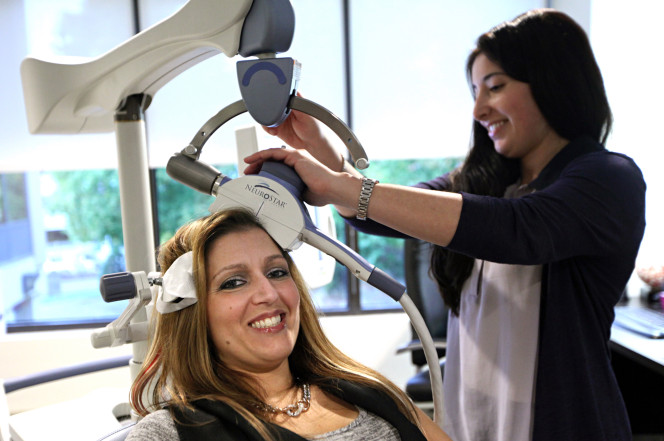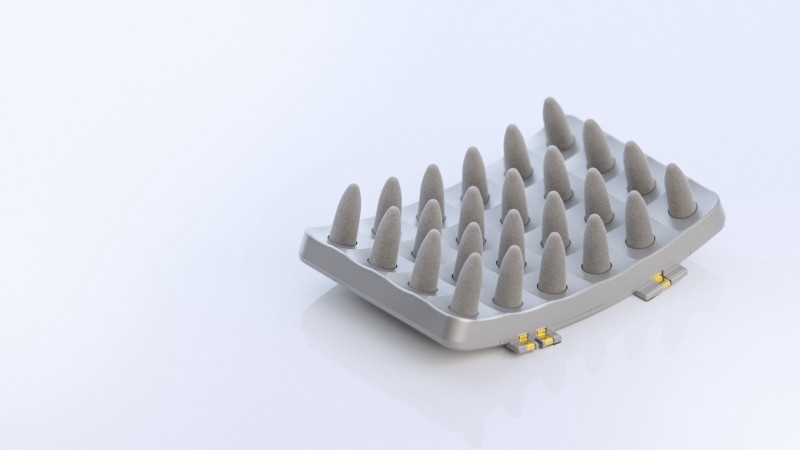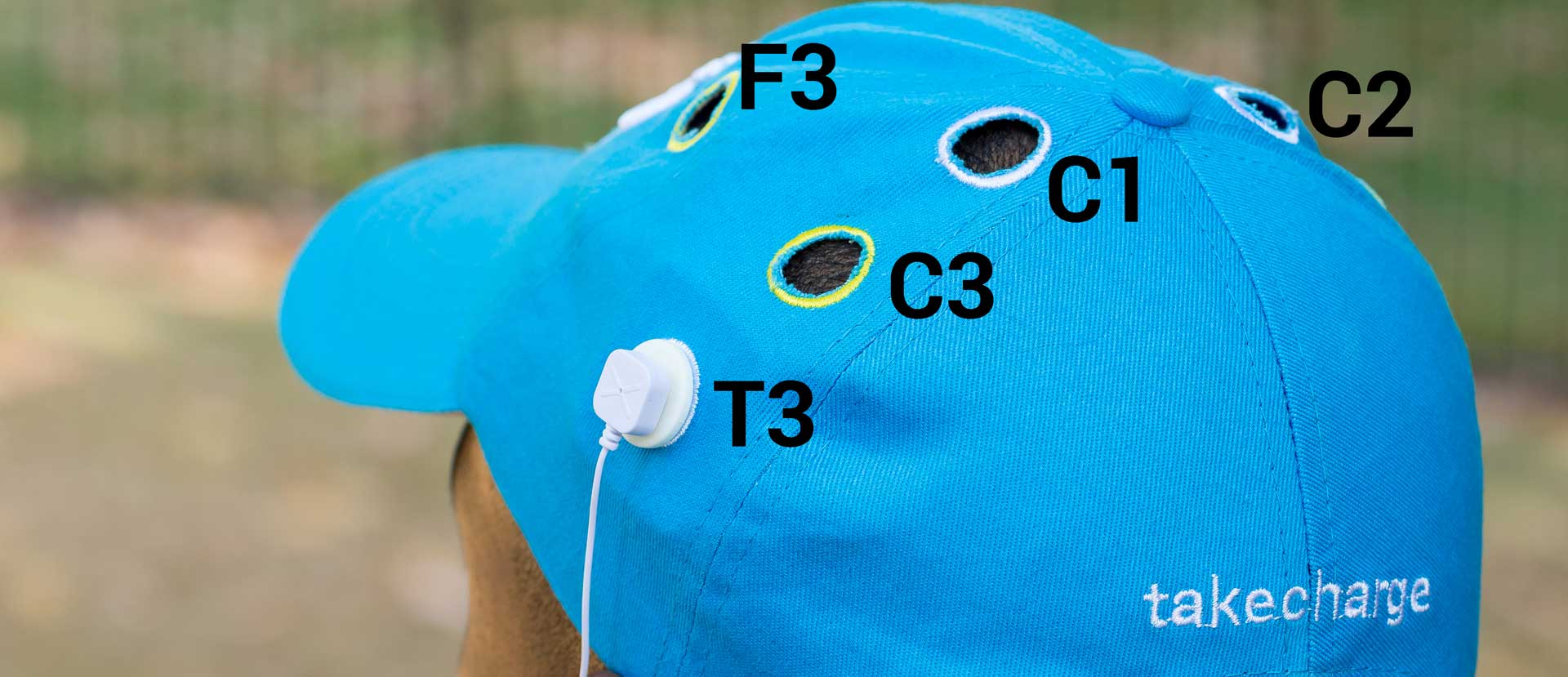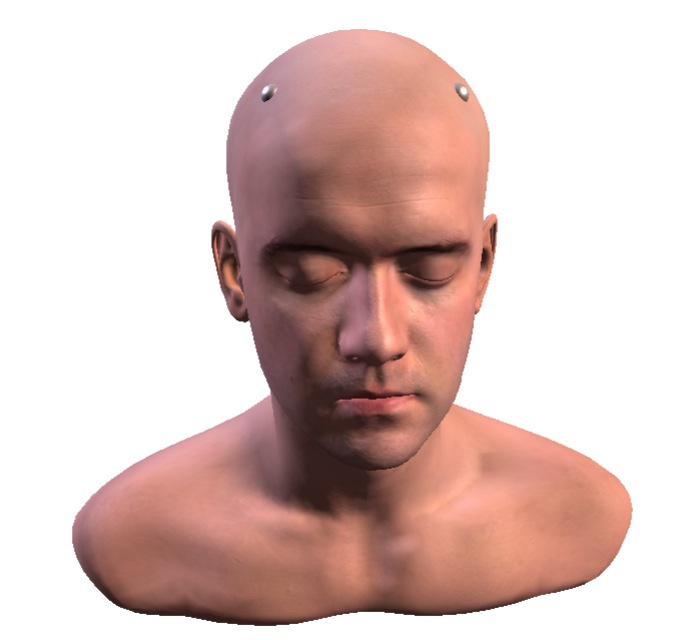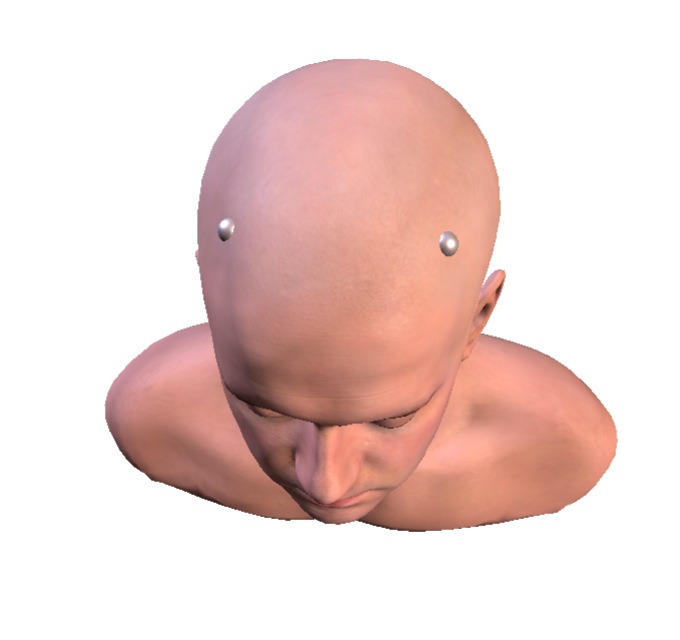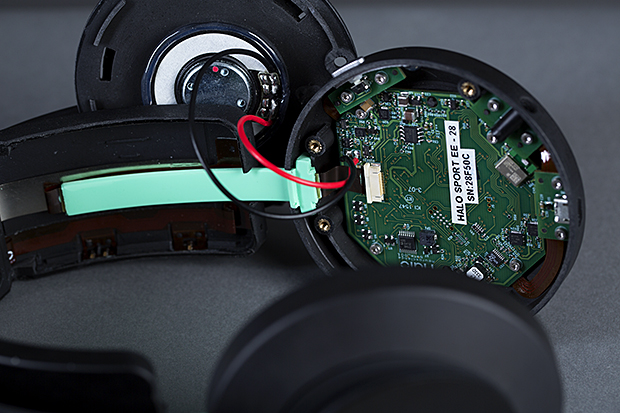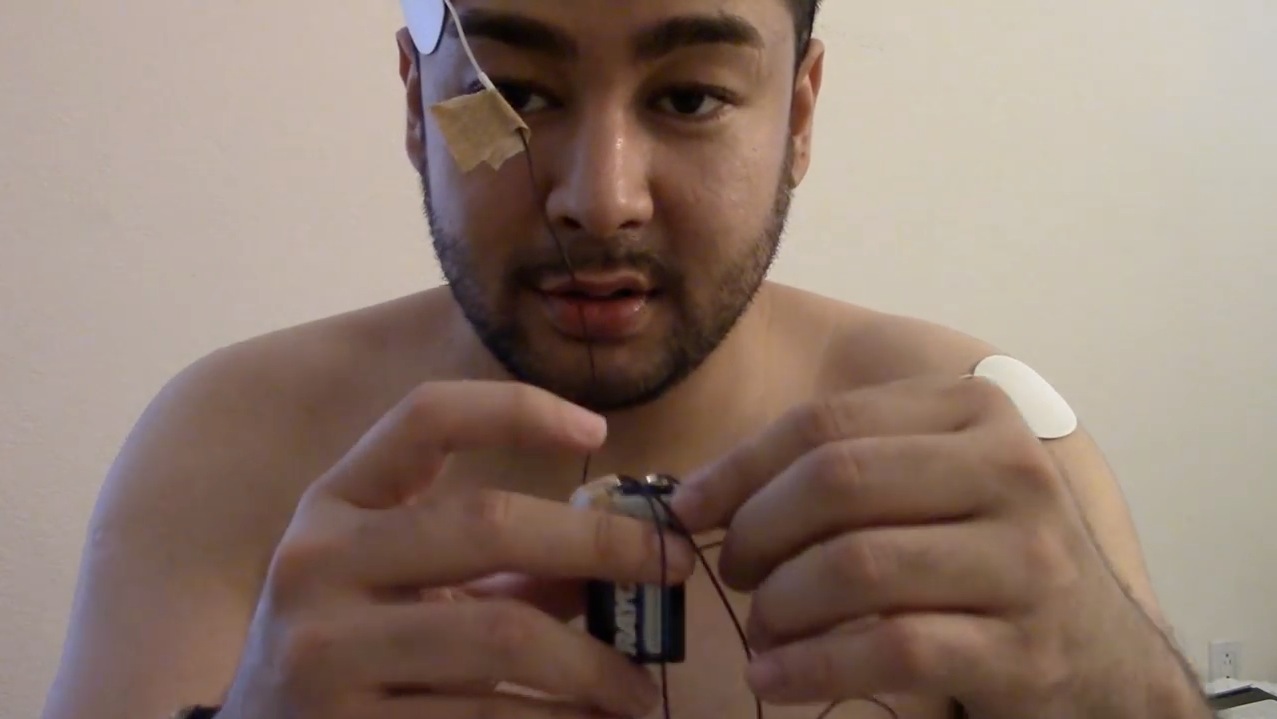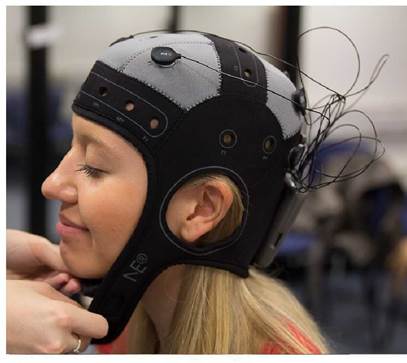
Device shown is from Neurolectrics.
Can a little electrical stimulation help people learn quicker? And how would technology that does this be used? And why would you want to use this over medicines?
Professor Roi Cohen Kadosh describes a phenomena that they’ve noticed where giving people a little electrical stimulation to the scalp appears to help people learn things quicker; and rather than using this to make super-geniuses, could this be used to help people with learning difficulties? Roi discusses how it might work, and discussed the moral and ethical implications of such a technology. From Oxford Sparks.

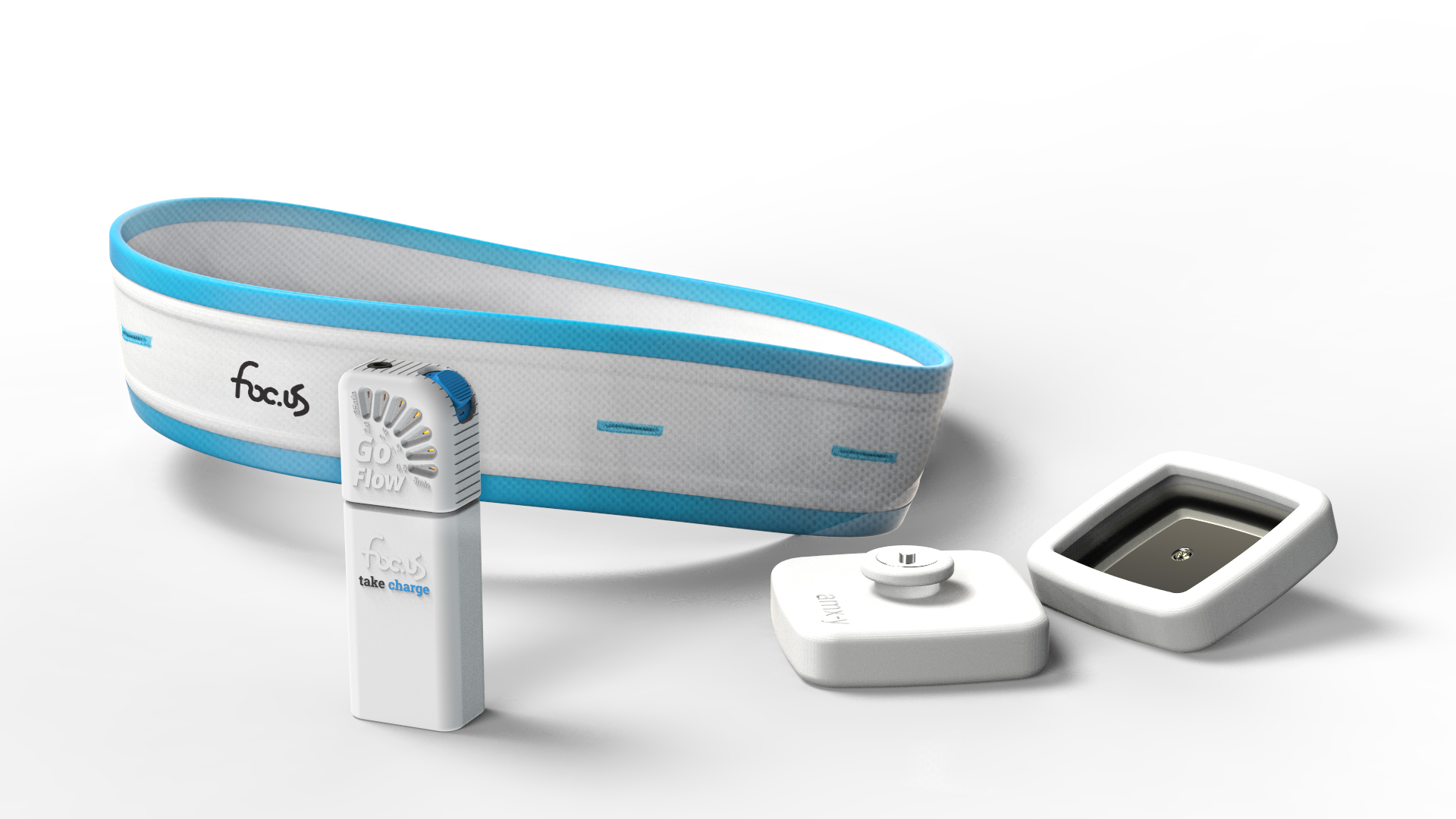
 Peter Simpson-Young
Peter Simpson-Young 